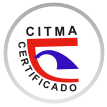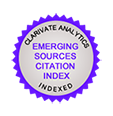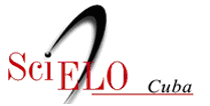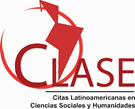Metatextual and intertextual relationships in Kamal Abdulla's novel "Laokoon...Laokoon..."
Abstract
The research of the metatextual and intertextual relations in Kamal Abdulla's novel Laokoon... Laokoon... or the "true" writing history of a novel is very important to understand his contribution to structural innovations in Azerbaijani and world literature. The novel overthrows the literary idols and taboos, opening new aesthetic forms. Nevertheless, the research related to the ways this work is metatextually related to his previous novel The Incomplete Manuscript has been conducted rather insignificantly so far. This is, consequently, a gap in research that calls for an analysis of how both works dialogue with each other and engage in the reappraisal of traditional literary assumptions. Such links are investigated hereinafter from the point of view of postmodernism, where multiple voices and layers of narration come into effect. Significant metatextual and intertextual links between the two novels were retrieved; Laokoon... Laokoon... infinite vocabulary plays with dichotomies such as the familiar and unfamiliar, the beautiful and ugly, warm and cold, bringing a dynamic and multifaceted sense into the narration. The findings underlined that the novel managed to go beyond the structures' linearity, thus being of great bearing upon the postmodern literature. Like Orhan Pamuk with his Museum of Innocence, Abdulla develops the borders of his literary opus through the intertextual cultural project -with the creation of the "infinite dictionary"- and cements his position in the global literary process and his role in the fathoming of textual relationship in contemporary literature.
Keywords: Kamal Abdulla, "Laokoon, Laokoon...or the "true" writing history of a novel", postmodernism, metatextuality, intertextuality.
Downloads
Published
How to Cite
Issue
Section
License
Copyright (c) 2024 Editorial "Universo Sur"

This work is licensed under a Creative Commons Attribution-NonCommercial-NoDerivatives 4.0 International License.
La editorial "Universo Sur", de la Universidad de Cienfuegos, publica el contenido de la Revista "Universidad y Sociedad" bajo una Licencia Creative Commons Atribución-NoComercial-SinDerivar 4.0 Internacional.
© Podrá reproducirse, de forma parcial o total, el contenido de esta publicación, siempre que se haga de forma literal y se mencione la fuente.










